Shikohin products such as alcohol, tobacco, coffee and tea are often made from botanical (plant) sources.
The impact shikohin has on the environment through the processes of growing, harvesting, processing, preserving, distribution and consumption, are not small.
There is the “Coffee 2050 Problem” which refers to the possibility that, if current trends continue, the land suitable for cultivating Arabica coffee will be reduced by half by 2050. There are also concerns surrounding large scale coffee plantations and its impact on tropical rainforests, biodiversity loss and impact on global warming.
In light of the inseparable relationship between plants and the environment, we spoke to agricultural economist Satoru Shimokawa who gave some insight to the future of the sustainability of shikohin products.
“The key will be in finding just the right balance of how much people can hold back on their desires.”
Shimokawa aims to clarify the causes and solutions for social issues surrounding food through empirical research. He has conducted field surveys and studies on behavior, psychology and experimental economics and has analyzed issues surrounding food consumption and behavior.
How can we understand shikohin through the perspective of agricultural economics?
What are some viewpoints we can hold when considering the future of sustainable shikohin and botanicals (plants)?
Sustainability does not equal being environmentally friendly
── We hope to talk to you today about shikohin from the angle of agricultural economics. First of all, please tell us about your overall research focus and what issues you are looking to tackle.
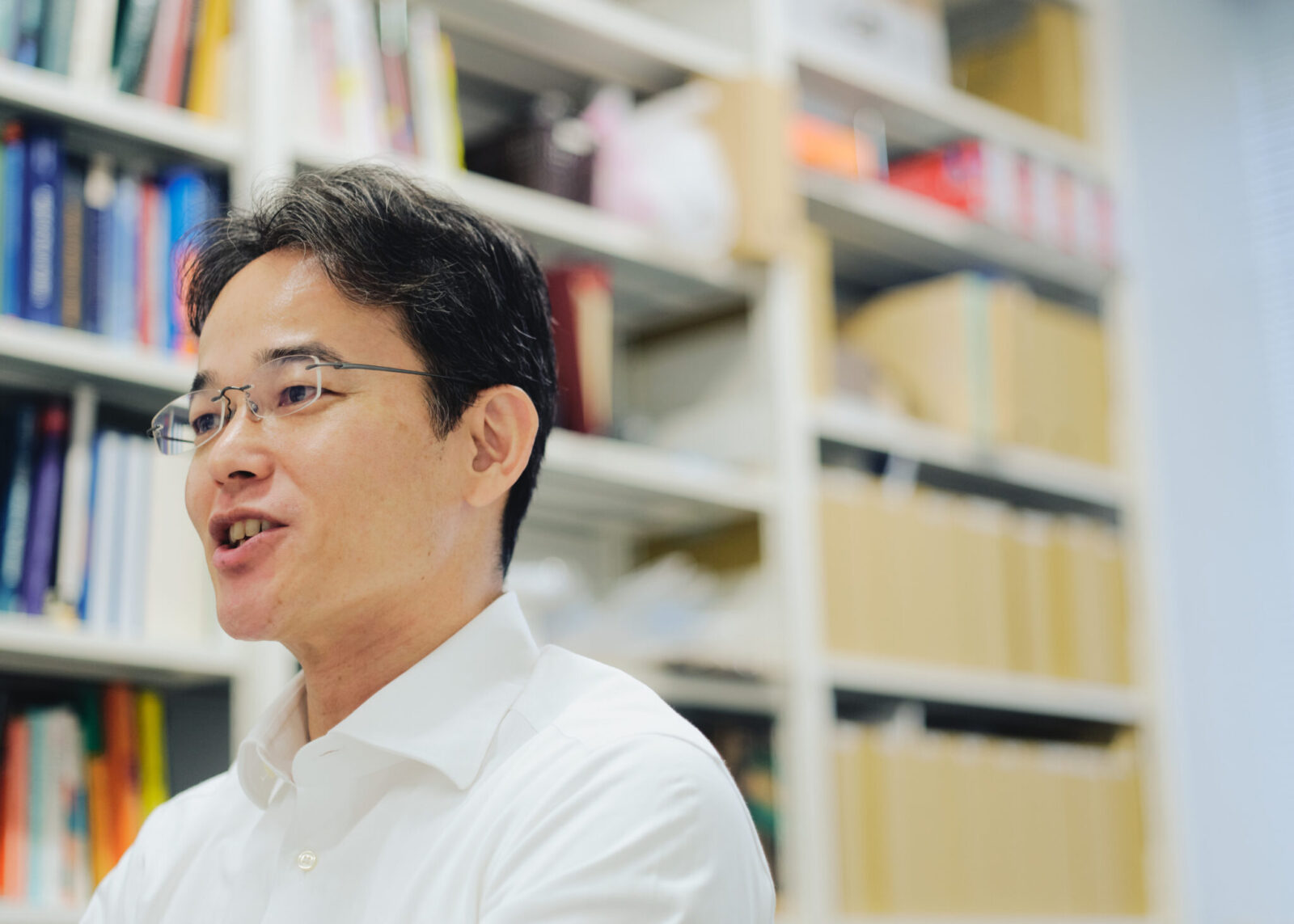
At first glance, we live in a somewhat absurd world today where obesity is a growing problem in developed countries such as the United States while there are still those who suffer from poverty and hunger in other developing countries. However, the solution to such problems is not as simple as sending food and resources from regions that have a surplus to those where there is a shortage. There are various circumstances that have led to our current state of the world.
Agricultural economics is the study to design various social mechanisms surrounding food, including in areas such as the food market and how food is traded, in order to find solutions and create better results than we have today.
The aim of my research is to create food systems that will enable more people to lead better lives and reduce suffering in the world.
── You said you are researching ways to use the food market to resolve the issue of uneven food distribution created by current agricultural systems.
In order to address this we must look at not only populations, but also environments.
Agriculture would not exist if there were no people, so ultimately its existence comes from human ego. No matter how environmentally friendly it claims to be, agriculture cannot be achieved without some strain on the environment. Yet, it is an absolute necessity to sustain human existence.
This is why we must find a balance somewhere between agriculture and the environment. The word “sustainable” is often misunderstood as something that has no impact on the environment, but what it actually means is “keeping the environmental impact within a range in which the environment can restore itself and recover.”

When aiming to reduce environmental impact, it is not enough to address only the producer’s side of agriculture. In terms of population size, there are a far larger number of consumers, because it includes everyone on this planet. This is why I have focused on approaches that change consumer behavior.
I believe that if consumer behavior changes, it will consequently require producers to change. Conversely, producers will not be able to make changes without changes in consumer behavior first.
In economics it is believed that there are three main factors that influence consumer choice and behavior. These are price, income and information. Furthermore, in terms of agricultural economics, there are food specific aspects such as the perishability of products which must also be taken into account.
With this in mind, we are researching methods to achieve a better balance between agriculture and the environment through systems such as subsidies to lower prices, or promoting products with lower environmental impact.
Shikohin in agricultural economics
── How is shikohin seen through the perspective of such issues raised in agricultural economics?
Although it is difficult to define what exactly constitutes a shikohin product, if you take the angle of income elasticity, or how a product responds to income changes, we can say that shikohin is something that is classified as an extravagance (luxury item).
In economics, luxury items are things that are not considered to be a necessity. Another characteristic of luxury items is that its price is quickly influenced by changes in demand. In other words, it is likely that more people will choose not to buy it when they become poor.
However, a characteristic of shikohin to take into consideration is that oftentimes they are addictive in nature. Just as how people continue to buy cigarettes even after prices increase, the demand for shikohin tends to change less easily compared to other luxury items. Even though shikohin may not be necessary for survival, people continue to consume it.
── Do you think that shikohin products are a combination of luxury and addiction?
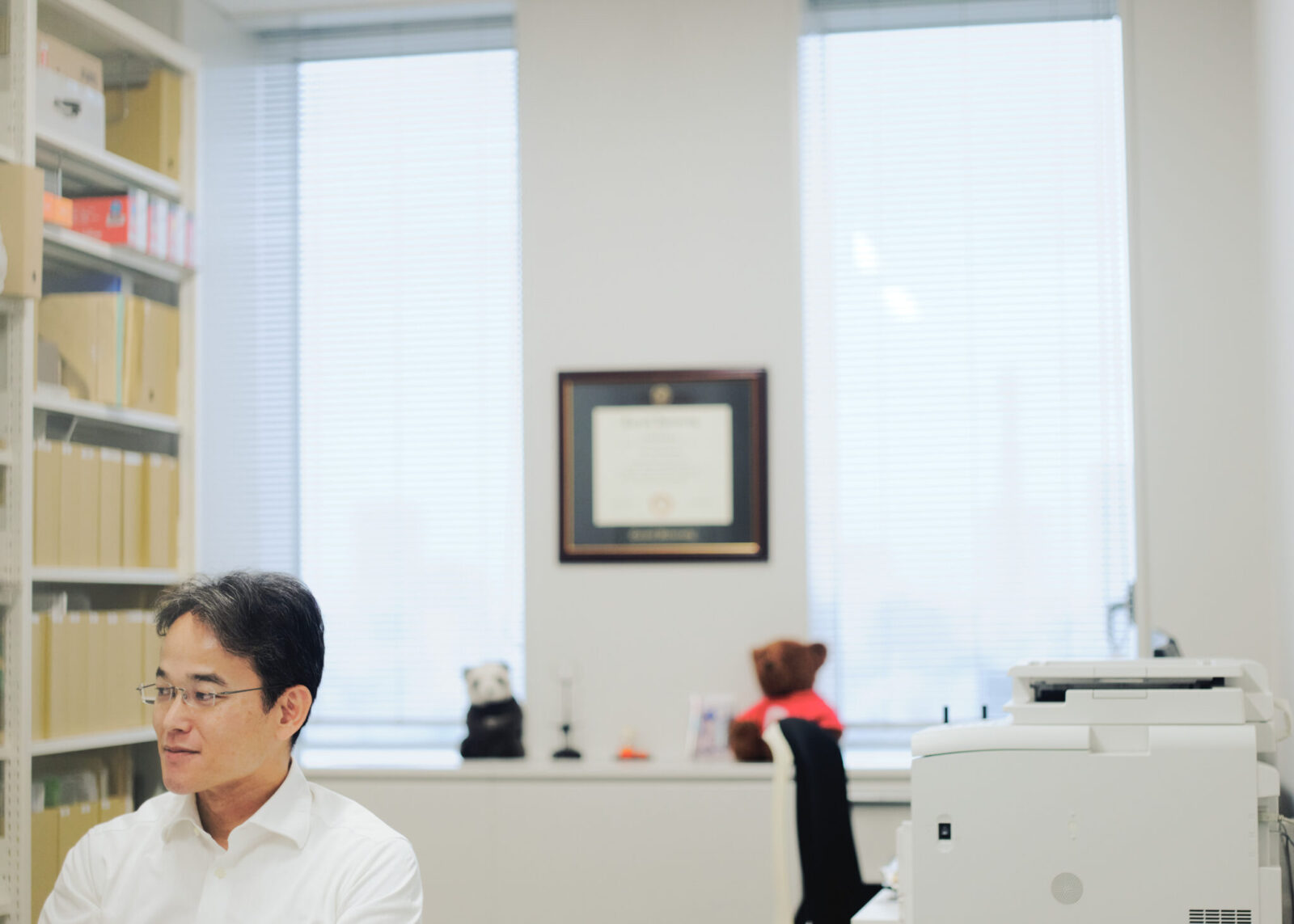
I think that is one way to understand it. In economics, it is assumed that consumers act in ways to maximize satisfaction. For example, in order to increase our sense of happiness or satisfaction in life, we seek things that are not only fun or delicious, but also things that are good for our health or good for the environment.
However, some highly addictive shikohin poses the risk of becoming so addicting that you cannot quit even if you wanted to. For example, alcoholics may gain temporary satisfaction when they drink, but in the long term it has negative effects on their health and happiness.
Because these shikohin products have such a trade off between the present and future, it can be said that there are certain consumption
amounts in place that are considered to be socially acceptable. I think that the recent changes in people’s perception of alcohol and nicotine products means that future shikohin products will be items that bring happiness but are less addictive in nature.
Consequently, I think shikohin products will be classified in different genres depending on how addictive they are.
Compared to cigarettes and alcohol which are highly addictive, tea and coffee is less additive and may fall into the category of beverages and sweets. I think that tea, coffee, and alcoholic beverages with low alcohol content will continue to be popular for a long time.

Looking at shikohin products from an angle besides food and drink
── Your point that less addictive shikohin products will become more popular is in line with the “sober curious” movement that is growing in recent years.
Another important point to consider when looking at the price elasticity of shikohin products is whether substitute products exist or not.
For example, if sweets and juices become unavailable, there is the option of replacing it with other sweet things like fruit. However, finding a replacement for coffee is not as easy.
I think this is because coffee is not only a drink, but also an experience.
If we look at things from the angle of experience, we find that shikohin products are not only limited to food and drink, but smartphones, which people spend aimless time on, are also a competitor for people’s luxury time. Because of this, saying “Why don’t you enjoy a nice cup of tea rather than spending your time browsing on your cell phone?” would be an effective marketing message.
Because shikohin products are not consumed for the purpose of nutrition, there is little point in comparing them to healthy foods and drinks. Shikohin products are not an alternative for nutritious food.
On the other hand, experiences are another category that people seek out and spend money on. I think that if we categorize hobbies like games and travel as being shikohin experiences and market them as such, the market for shikohin will expand even further.

── We can expand the shikohin market if we understand shikohin as not only foods or drinks, but also as experiences?
In other words, I think it is important to change the framework in which we make comparisons.
For example, if “health food” is something that promotes physical health, then shikohin is something that promotes mental health.
Although substances such as caffeine may have a slight negative impact on our physical health, if it can help reduce our stress levels it can be seen as good for our overall health. I think it will become a market that works as a supplement for mental health care.
“Finding the right balance of how much people can hold back”
── If we understand shikohin as experiences, will this help in finding a better balance between shikohin and environmental protection?
I think so. For example, let’s say we replace three of the ten cups of coffee we drink per month with coffee produced in a sustainable way or with domestically produced tea.
The key is to find a workable balance that reduces environmental impact without making extreme changes such as eliminating certain foods altogether. And in order to create such balances, the added value of experiences will be important.
The key here is the mindset of finding the right balance of how much people can hold back on their desires.
I think it is impossible for everyone in the world to satisfy all their desires for luxury, especially when you consider the rate at which climate change is progressing today. This is why the goal should not be to satisfy everyone’s desires completely, but to find just the right landing place that everyone can tolerate.
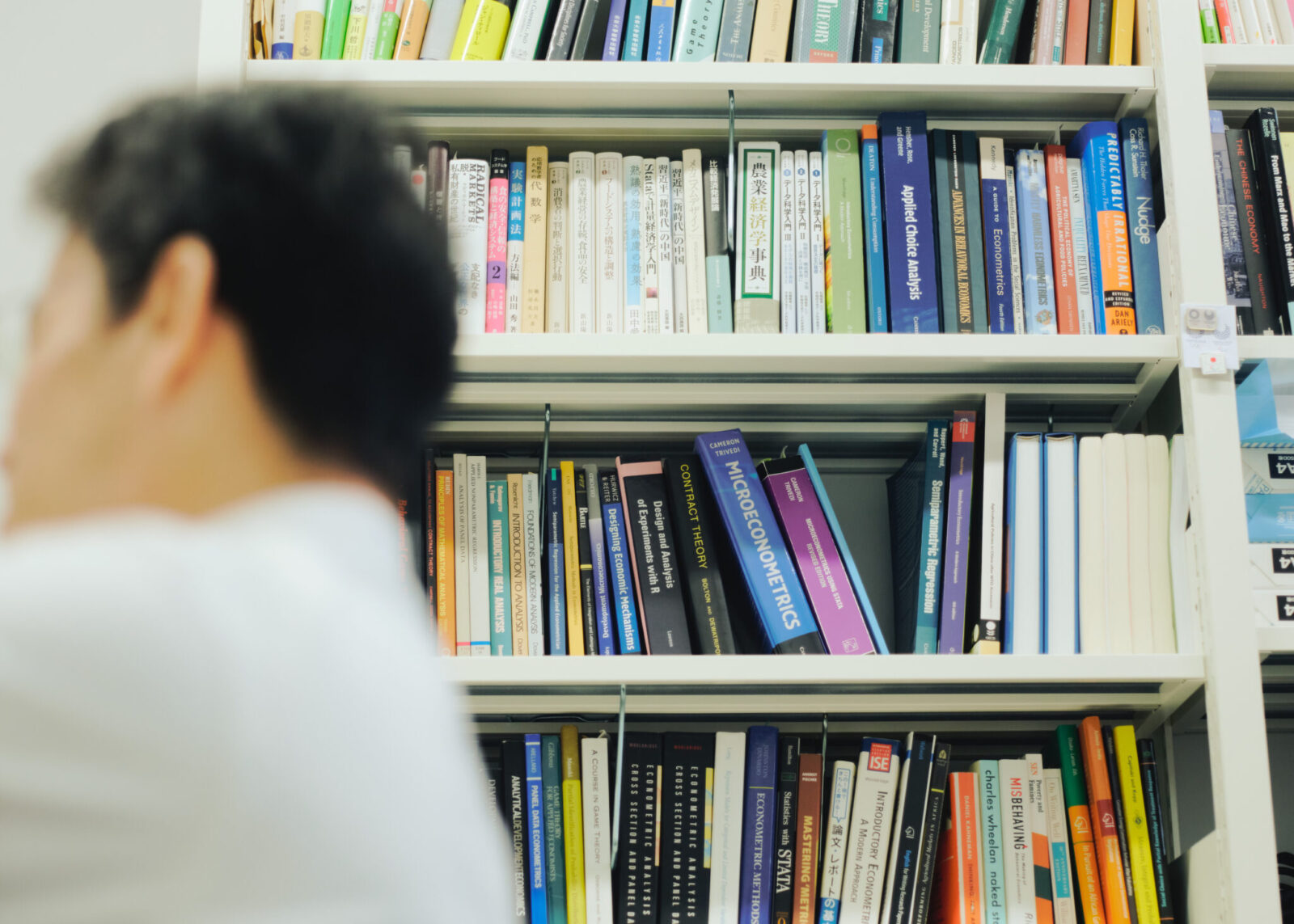
── What do you mean exactly by the right landing place that everyone can tolerate?
For example, we can promote the practice of relaxing with a nice herbal tea or cup of coffee in a nearby shop rather than exhausting large amounts of fossil fuels and electricity in order to travel far away.
We also drink a lot of mass produced beer, but simply switching to a locally made craft beer may contribute to easing some of the issues we face today.
Although the price is slightly higher, it promotes local consumption and that may help us achieve just the right balance on our environmental impact.

Energy is a life or death issue
── You have shared a lot about the issues surrounding consumer experience, but what problems and possibilities do you see when you look at the agricultural side of shikohin products? For example, issues surrounding large scale plantations for coffee cultivation and its high impact on the environment and climate change have come to light recently.
As you say, there are a lot of issues surrounding agriculture and on the producer’s side of consumption. In fact, I believe the biggest problem that producers face today is regarding energy.
── What do you mean by energy?
Energy use directly correlates to food prices and production volume. Food self-sufficiency is often seen as a problem in Japan, but our energy self-sufficiency is even lower, at about 12%. If something is not done about this issue soon, our food self-sufficiency may also fall to dangerous levels.
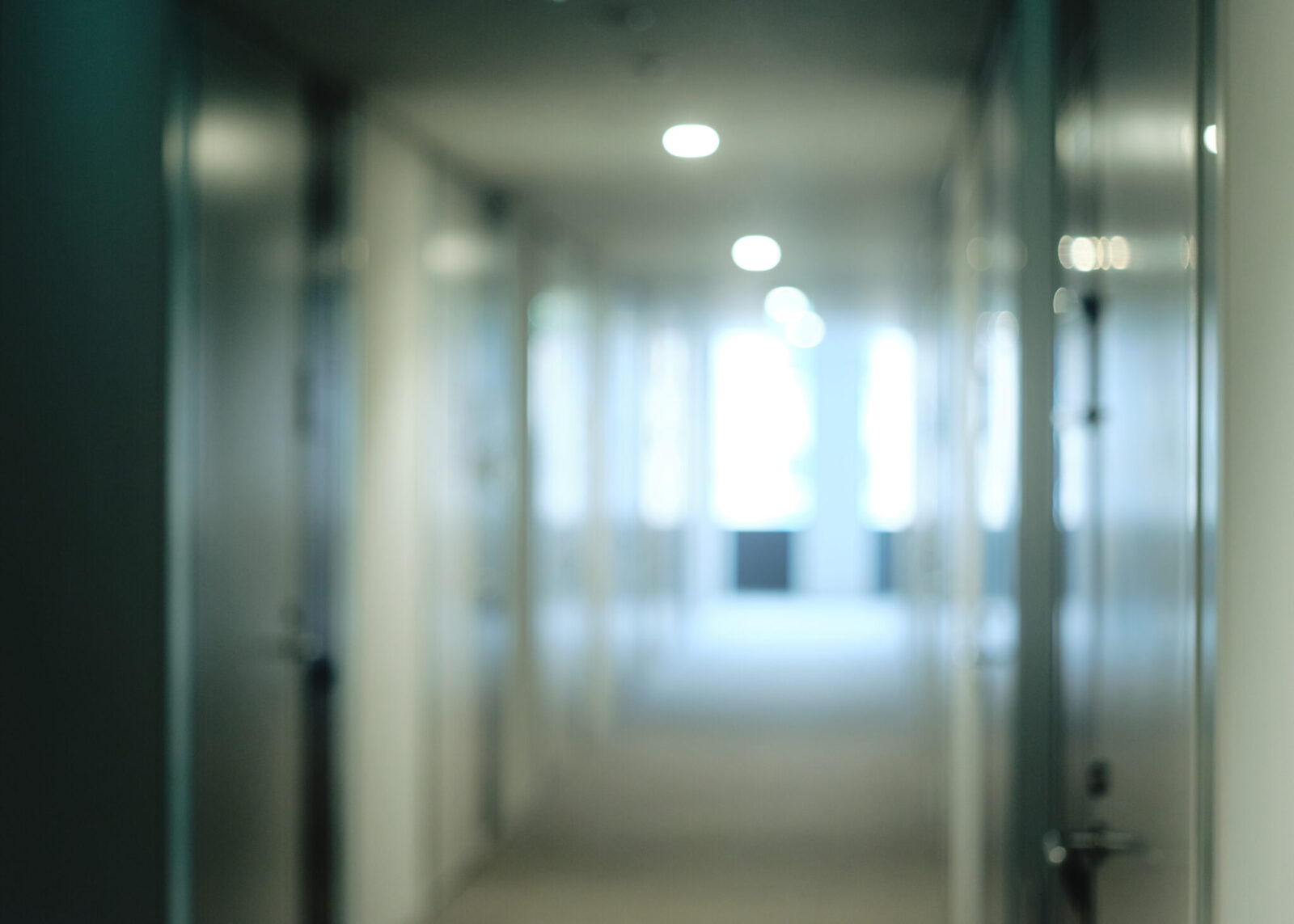
── I had no idea Japan’s energy self-sufficiency is only 12%.
I recently established an institute at Waseda University called the “Food and Energy System Research Institute” and am its director. We are researching food self-sufficiency and energy self-sufficiency together to devise social systems that will help resolve both these issues.
For example, in the agriculture industry today dairy farming and greenhouse horticulture rely most heavily on electricity. Plastic greenhouses and the “cold-chain” needed to transport refrigerated milk uses a massive amount of energy.
If we can reduce the cost of electricity, it would help prevent food prices from rising.
── The cold chain is a vitally important issue for shikohin too. For example, high quality and expensive wine can quickly lose its value if it spoils in transport.
That’s right. In the cold chain for dairy, milk is cooled as soon as it is milked and collected. The milking machine is connected to a tank (bulk cooler) which cools the milk to below 4℃. From there, a truck comes to collect it and the milk must be kept below 4℃ throughout transport, processing and in the supermarket before it is sold to consumers.
One of my recent ideas to address this issue is to provide surplus electricity from regional solar power farms to other regional daily farms, warehouses and supermarkets for a discounted price.
Local production and consumption of energy is the most efficient system and I think this idea can apply to shikohin products as well.

Changing common assumptions and designing a new culture
── Lastly, what are some key points for the future progress and development of sustainable shikohin consumption?
One key point will be to make changes in our reference points, or the common assumptions we make when we are addressing issues.
In behavioral economics and psychology this is called the “default effect” and it is known that many people’s behavior and choices are significantly influenced by their initial reference points.
For example, Japanese people have a common assumption that ramen noodles are something we can buy for less than 1,000 yen. In this case, our reference point is 1,000 yen, so it is difficult for ramen shops to sell for higher than that price and many consumers will choose not to buy ramen that is more expensive than this. However, many travelers from overseas do not have the same reference point and the ramen in their country may be 3,000 yen. In that case, even a 2,000 yen bowl of ramen will seem cheap! In other words, the consumption behavior of Japanese people and foreign travelers are different because their reference points are different.
This is why it is so important to carefully consider the price range of new products and who these products will be marketed to up front.
What will be the standard range of prices? How often will the product be consumed? How we penetrate common reference points in the market will be a key point in the development of future shikohin products.
Another example is how it has become very commonplace for people to go to a gym to maintain a healthy lifestyle. Many people pay thousands of yen per month for a gym membership, whether they actually go or not. If the idea that it is better to spend 10,000 yen on high quality tea to relax at home instead, consumers will start to think that spending 9,000 yen on tea is worthwhile and cheap.
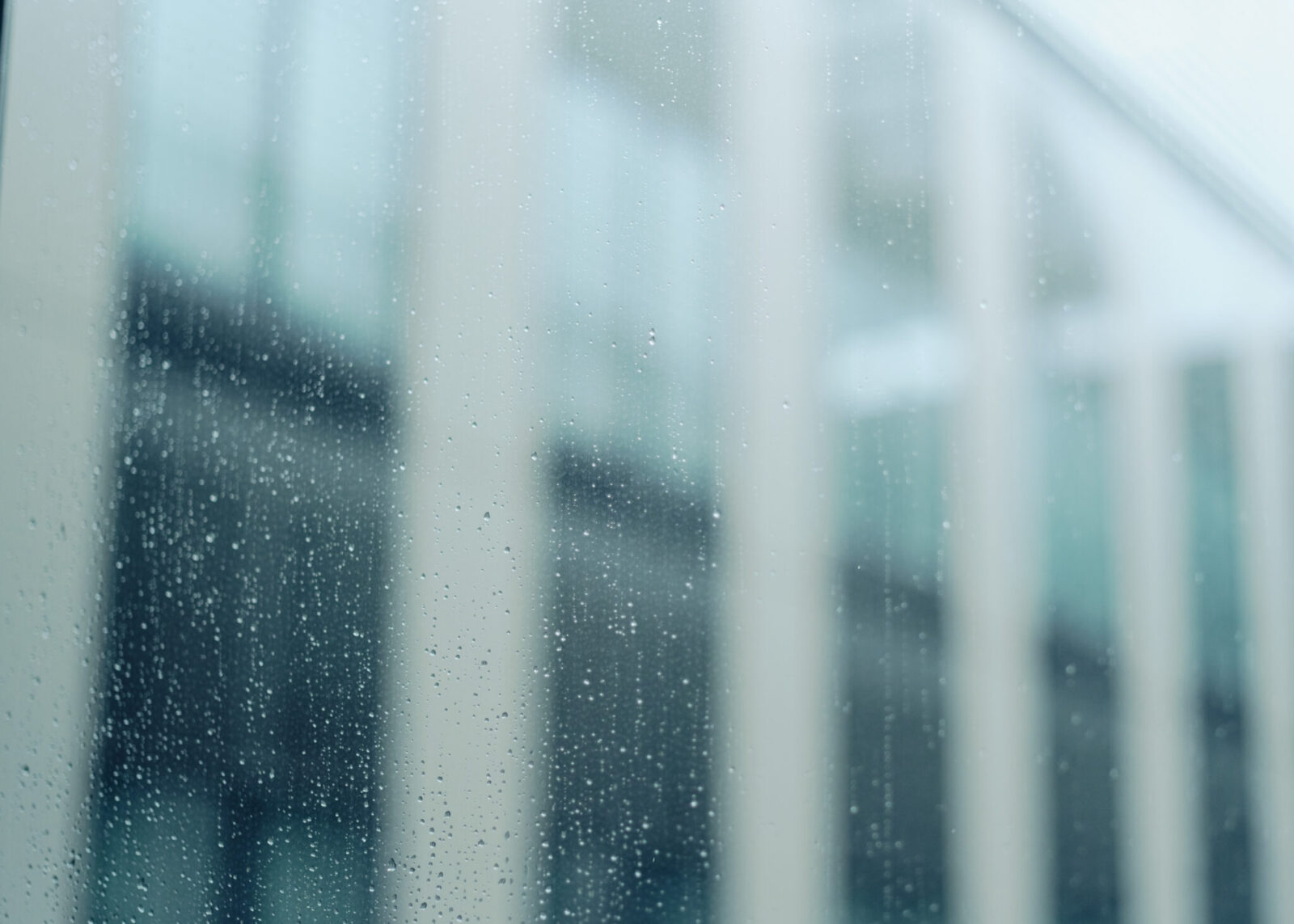
── So you think it is necessary for producers and consumers to change their common assumptions to adapt to the changing needs of the environment, rather than changing shikohin products themselves?
I think the “third wave” of popularity that happened in the coffee market was a very interesting example. This movement introduced coffee with a strong acidity to the market which was previously centered around bitter flavored coffee. This movement created a new default in coffee culture and customs.
This can be applied to other markets, such as finding a new default for the matcha green tea market.
In terms of reference points, I am recently studying a system to move money from the non-agricultural sector to go into the food industry sector through carbon credits (a system that allows companies to trade greenhouse gas emissions). Carbon credits have already become mandatory worldwide, so large corporations must pay.
If this system is realized we can improve the income of farmers through carbon credits, even if we cannot increase their sales or margins.
Currently, carbon credits per ton of CO2 reduction in the agricultural sector costs about 15,000 per 1 ton, which is considerably higher than carbon credits in the energy conservation sector. However, if our goal is to ensure food security for the future, I think companies will be willing to purchase these credits, even if they are a little more costly. I believe this will improve the sustainability of farming in Japan.

── That is very much a perspective unique to the study of economics which approaches markets through mechanisms.
I think trial and error will be important precisely because shikohin is a part of culture.
Unless someone makes an effort to preserve culture, there is a possibility that it will disappear in time.
Considering the fact that food diversity will likely be lost in the future, the argument of how to preserve cultures where people can enjoy shikohin will be an important one.
I believe the future will require that we design new cultures around food and drink.
Translation: Sophia Swanson
Graduated from International Christian University (ICU), majoring in political thought, and worked as an IT consultant, PdM for agricultural robots, and PjM for construction DX before going independent. His areas of interest include the humanities in general, agriculture, architecture, and publishing.
Editor, Writer, etc., for PLANETS, designing, De-Silo, MIMIGURI, and various other media.
